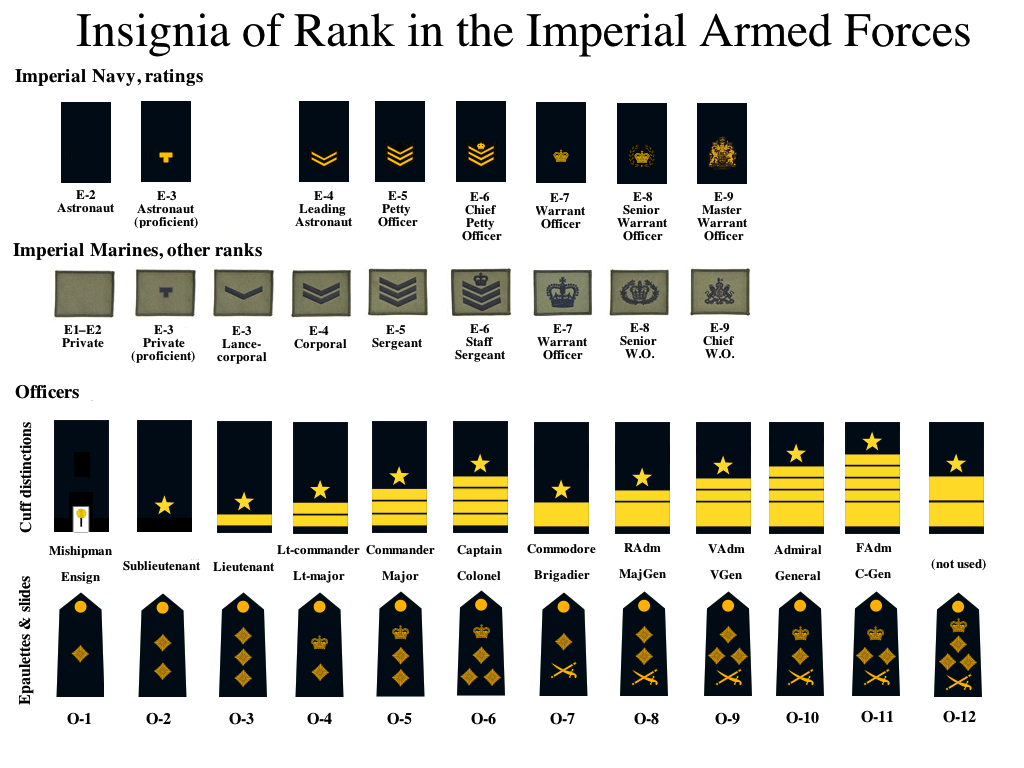Commissioned vs Non Commissioned Officer

Introduction to Military Hierarchy

The military is known for its strict hierarchy, with a clear chain of command that defines the roles and responsibilities of each individual. At the heart of this hierarchy are two primary categories of officers: commissioned and non-commissioned. Understanding the difference between these two types of officers is crucial for grasping the inner workings of the military and the paths available to those who serve. In this article, we will delve into the world of commissioned and non-commissioned officers, exploring their roles, responsibilities, and the paths to becoming each.
Commissioned Officers

Commissioned officers are the leaders of the military. They have been commissioned, or formally appointed, to their positions by a higher authority, typically the President in many countries. These officers have undergone significant training and education, often at a military academy or through a Reserve Officers’ Training Corps (ROTC) program. The primary role of a commissioned officer is to lead and manage. They are responsible for making strategic decisions, overseeing operations, and ensuring the smooth execution of missions. Commissioned officers can serve in a variety of roles, from infantry and aviation to medical and administrative positions.
Non-Commissioned Officers

Non-commissioned officers (NCOs), on the other hand, are the backbone of the military. They are experienced enlisted personnel who have risen through the ranks based on their expertise, leadership abilities, and dedication. Unlike commissioned officers, NCOs do not receive a commission; instead, they are promoted from within the enlisted ranks. The role of an NCO is multifaceted, involving leadership, mentorship, and technical expertise. NCOs are responsible for the day-to-day operations of their units, overseeing the training and development of junior personnel, and ensuring that missions are carried out effectively. They serve as a bridge between the enlisted ranks and the officer corps, providing critical guidance and support.
Key Differences

Several key differences distinguish commissioned from non-commissioned officers. These include: - Path to Position: Commissioned officers typically start their careers as officers after completing an officer training program, while NCOs rise through the enlisted ranks. - Responsibilities: Commissioned officers are generally involved in higher-level decision-making and strategy, whereas NCOs focus on the tactical execution of missions and the development of their team members. - Training and Education: The training and educational paths for commissioned officers often include more formal education in military science, leadership, and strategy, whereas NCOs develop their skills through on-the-job training, non-commissioned officer education system courses, and specialized schools. - Promotion Process: The promotion process also differs, with commissioned officers typically requiring more formal evaluations and selections for higher ranks, compared to the more merit-based promotions within the NCO ranks.
Roles and Responsibilities

Both commissioned and non-commissioned officers play vital roles in the military, and their responsibilities can overlap in certain contexts. However, their primary functions can be summarized as follows: - Commissioned Officers: Leadership, strategic planning, and overall command of units. - Non-Commissioned Officers: Tactical leadership, mentorship, training, and the execution of daily operations.
Career Paths

The career paths for commissioned and non-commissioned officers are distinct but complementary. Commissioned officers may start as platoon leaders and move up to company, battalion, and eventually, brigade or higher command. Non-commissioned officers start in junior leadership positions and can advance to senior NCO roles, such as first sergeant or command sergeant major, where they advise commanders and lead at the unit level.
Education and Training

The education and training requirements for commissioned and non-commissioned officers also differ significantly:
| Officer Type | Education/Training Path |
|---|---|
| Commissioned Officers | Military academies, ROTC programs, Officer Candidate School (OCS) |
| Non-Commissioned Officers | Basic training, Advanced Individual Training (AIT), Non-Commissioned Officer Education System (NCOES) courses |

📝 Note: The specific education and training paths can vary depending on the country and branch of the military.
Conclusion and Future Outlook

In conclusion, the distinction between commissioned and non-commissioned officers is fundamental to the structure and function of the military. Both types of officers are essential for the effective operation of military units, each bringing unique skills, experiences, and perspectives to their roles. As military operations evolve to meet new challenges and technologies, the roles of commissioned and non-commissioned officers will continue to adapt, ensuring the military remains a formidable and cohesive force.
What is the primary role of a commissioned officer in the military?

+
The primary role of a commissioned officer is to lead and manage, making strategic decisions and overseeing operations to ensure the smooth execution of missions.
How do non-commissioned officers advance in their careers?

+
Non-commissioned officers advance through the ranks based on their performance, experience, and completion of specialized training and education, such as courses within the Non-Commissioned Officer Education System.
What are the key differences in the training paths for commissioned and non-commissioned officers?

+
The training paths differ significantly, with commissioned officers typically attending military academies or completing officer training programs, and non-commissioned officers developing their skills through on-the-job training, basic training, and specialized courses.



